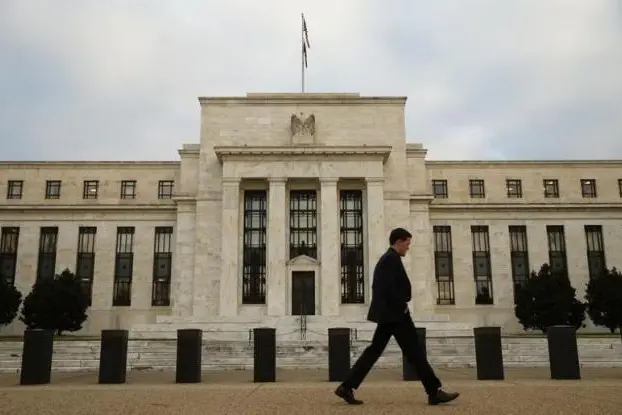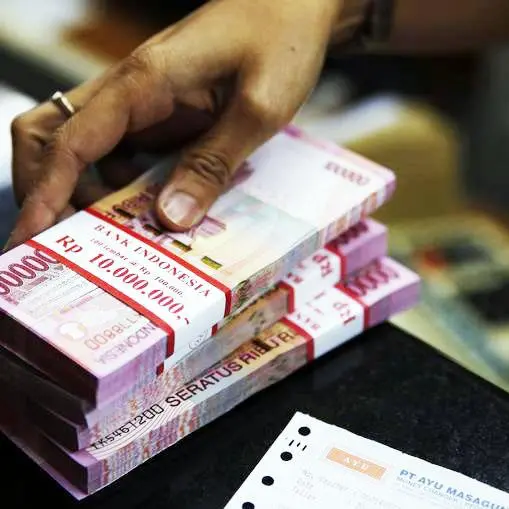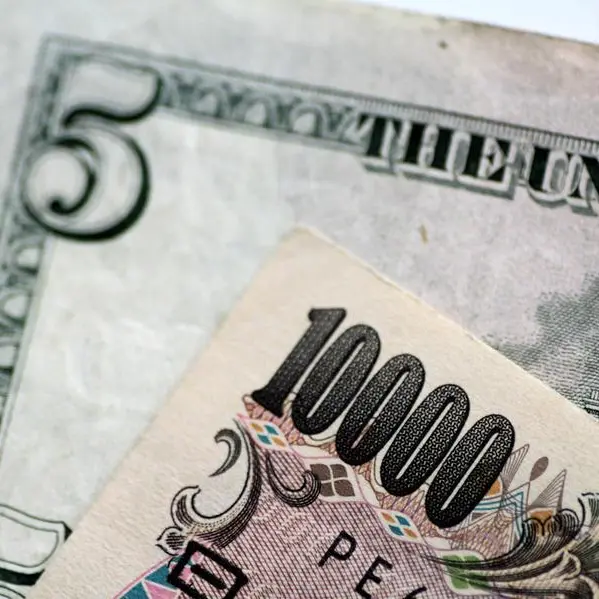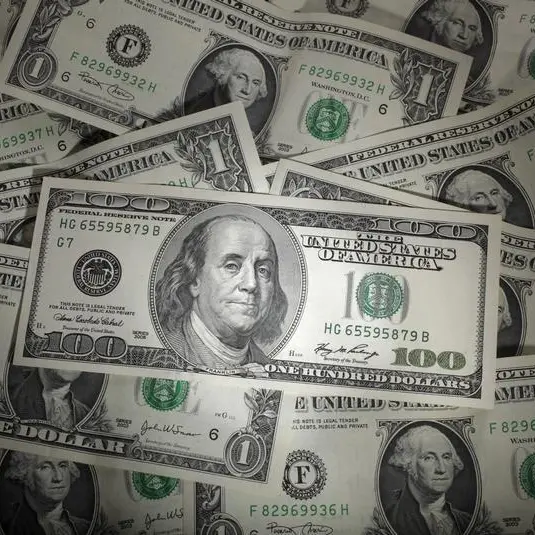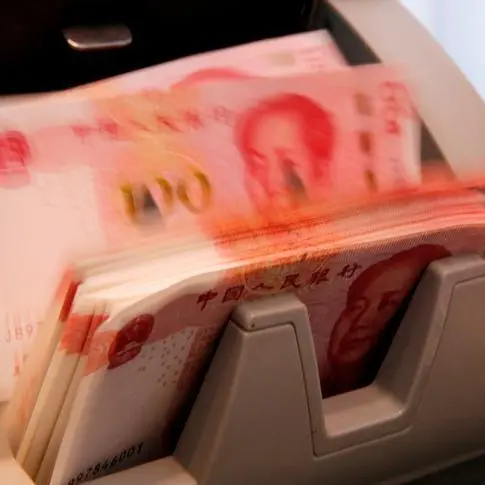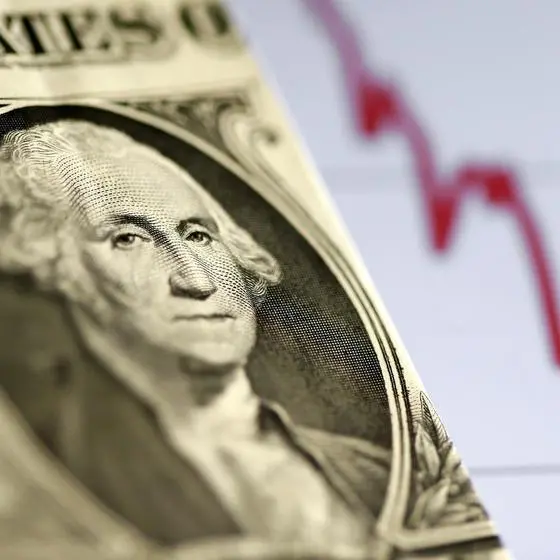PHOTO
(The opinions expressed here are those of the author, a columnist for Reuters)
ORLANDO, Fla - Hedge funds bet correctly on the U.S. yield curve flattening after the Fed kicked off its interest rate-raising cycle earlier this month, the first week in five that they have positioned for a shrinking gap between the two- and 10-year yields.
Federal Reserve Chair Jerome Powell said last week that he pays more attention to the shorter end of the curve for potential signals about the health of the economy. But many market participants focus flattening of the interest rate curve between two- and 10-year yields, which has preceded all six recessions in the past 45 years.
Some of Wall Street's biggest banks are now predicting inversion later this year, but none are forecasting recession. Not yet, anyway.
Futures market data for the week through March 22 showed that funds reduced their net short position in 10-year Treasuries and more than doubled the size of their net short position in the two-year space.
The latest Commodity Futures Trading Commission report showed that funds increased their net short two-year Treasuries position by 27,015 contracts to 47,448, and cut their 10-year net short position by 57,163 contracts to 263,834.
A short position is essentially a bet that an asset's price will fall, and a long position is a bet it will rise. In bonds, yields rise when prices fall, and move lower when prices rise.
A deeper dive into the data shows some potentially significant moves under way in the medium- to longer-term parts of the curve.
Funds have cut their net short position in five-year Treasury futures by more than a third in the last three weeks. In the 10-year space, they have reduced their net short position by almost a third in just two weeks.
This suggests a growing belief that longer-dated yields will soon peak, then fall. Funds' long 10-year bets rose by around 119,000 contracts in the week, the biggest rise in five years and fifth-largest since the contract was launched 35 years ago.
INVERSION - WHEN, NOT IF?
The curve between two- and 10-year yields flattened dramatically after the Fed's lift-off on March 16. It fell to just 14 basis points on March 22, crushed by a wave of tough, inflation-busting rhetoric from Fed officials that pushed the two-year yield sharply higher.
Several Wall Street big banks now expect 2s/10s inversion - from "modest" at Goldman to "large" at Bank of America. Economists at BofA now expect a whopping 50 basis point inversion by the end of this year - a two-year yield of 3.00% and a 10-year yield of 2.50%.
Many of them are now penciling in multiple rate increases of 50 basis points. Citi is gunning for four consecutive 50 bps hikes this year and a peak Fed funds range of 3.50%-3.75% next year, well into restrictive territory.
"The 2s-10s curve is nearing inversion, and we think it will invert in the coming weeks (or days)," Morgan Stanley strategists wrote at the weekend. Their base case scenario is a 40 bps inversion by the end of the year.
These forecast changes are driven more by a projected higher path for the two-year yield than a lower path for the 10-year yield, as the Fed prepares to take the Fed funds rate beyond the neutral level estimated to be around 2.50%.
The so-called terminal rate implied by Eurodollar futures, the anticipated peak in interest rates before they start to come down again, is now above 3%, and will be reached around June-September 2023.
With more Fed policymakers coming out in favor of faster and more aggressive tightening if needed, CFTC data shows that funds expanded their net short three-month Eurodollar futures position to 2.657 million contracts, the largest since October 2018.
The lower the price of these contracts goes, the higher the implied rate.
(The opinions expressed here are those of the author, a columnist for Reuters.)
(By Jamie McGeever; Editing by Cynthia Osterman)
